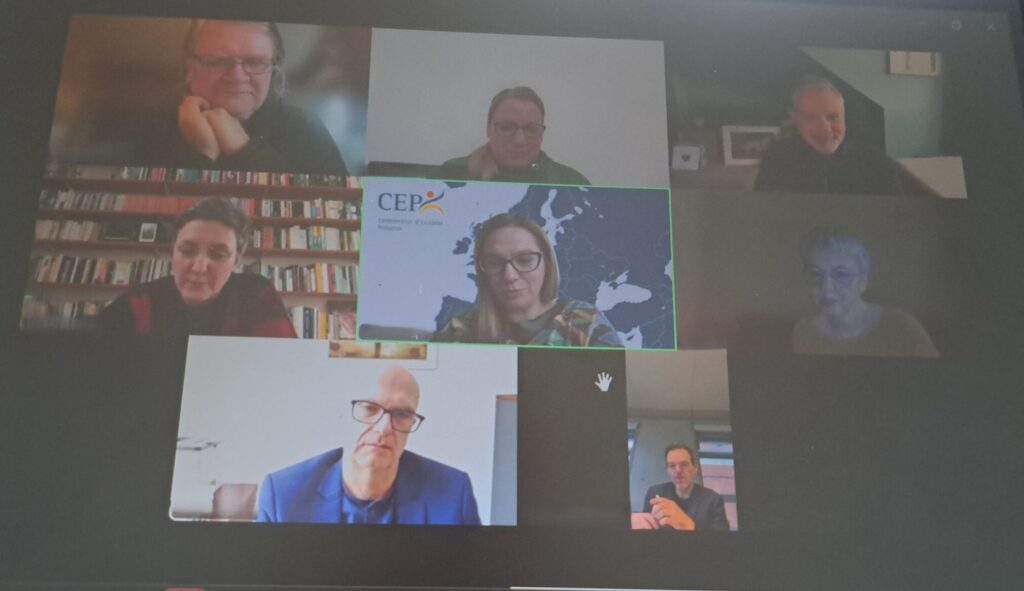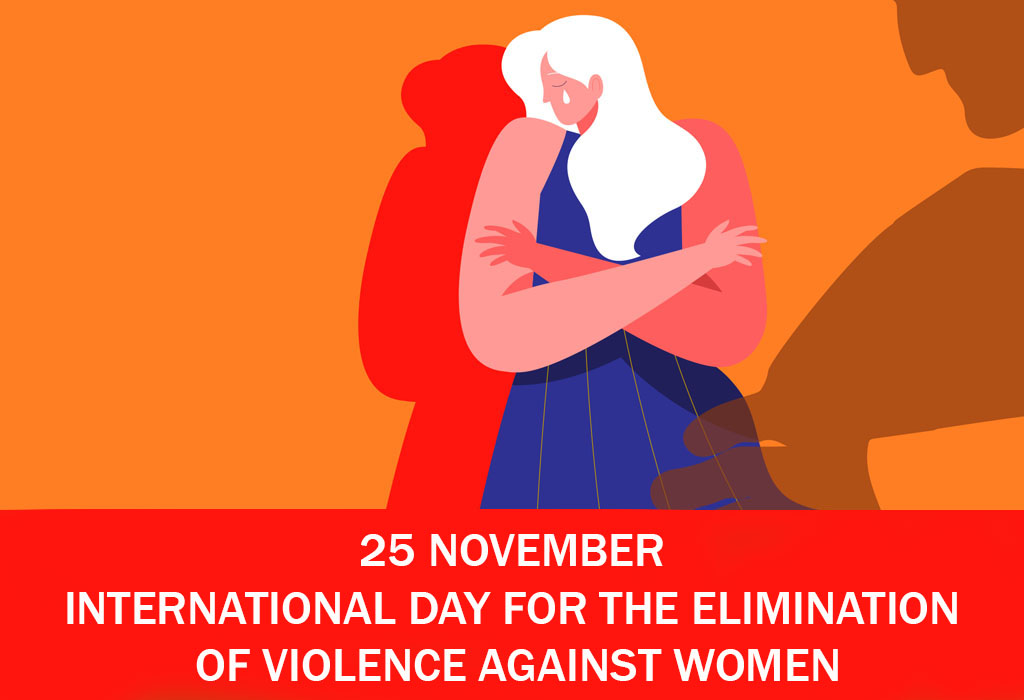Previous Article
News
How to build up a working alliance with mandated clients: a four year project in the Netherlands
In September 2015, a four year project on the working alliance with mandated clients started. The project was facilitated by a RAAK-PRO grant of the Dutch Organisation of Scientific Research (NWO) and carried out by researchers of the University of Applied Sciences Utrecht. The project has been set up throughout several areas of the forensic social field: probation, labor reintegration, debt counseling, social care and youth services. The idea came as a response to the ambivalent feelings professionals in mandated contexts express regarding the combination of controlling and coaching tasks they need to employ. They sometimes struggle with ‘hybrid working’ in one-to-one supervision with clients. Professionals claim they need theory-based knowledge on how to build a working alliance with mandated clients on which they can build their daily practice.
This video explains the concept of the working alliance. To turn on English subtitles, please go to settings in the video and select your subtitles.
This article is written by:
- Dr. Renée Henskens (renee.henskens@hu.nl), project leader Working alliance project, senior-researcher Research group Working in Correction and Rehabilitation, University of Applied Science, Utrecht
- Dr. Vivienne de Vogel, professor Research group Working in Correction and Rehabilitation, University of Applied Science, Utrecht.
- Dr. Anneke Menger, emeritus professor Research group Working in Correction and Rehabilitation, University of Applied Science, Utrecht.
Project structure
The study consists of four projects:
- In the first Project (Sept. 2015-Dec 2016), a theoretical model of the working alliance in a mandated context was developed. According to this model, three positive factors were presumed to influence the dynamics in the cooperation between a professional and a client: trust, goals/restriction and bond. A fourth factor, reactance from the client’s side (and loss of energy from professionals’ side) was presumed to influence the dynamics negatively. These factors were incorporated in a so-called ‘Working Alliance Monitor for Mandated Clients’ (WAM), that was especially designed to assess the working alliance in the Dutch Probation Service. The WAM was based on an internationally used and frequently validated inventory that measured the working alliance in voluntary settings and a second inventory for psychiatric treatment in the judicial context. In total, 276 dyads of probation officers and clients participated in the study. The WAM consisted of a 19-item questionnaire, that was filled in by both clients and probation officers, at the start of the supervision period and at 6 resp. 9-Month follow-up. The main aim of the study was to assess the appropriateness of the WAM and to establish the four presumed factors of the working alliance.
- In Project 2 (Sept. 2016-Dec. 2017), a by the researchers approved WAM was again tested within the probation service. The primary goal was to assess whether using the WAM as a professional instrument for evaluating the cooperation had a positive impact on the working alliance between probation officers and clients and, if so, how the WAM could be implemented in supervision.
- In Project 3 (Sept. 2016-Sept. 2018), the WAM was adjusted to four other mandated settings, i.e. labor-reintegration, debt counseling, social care, and youth services. The above mentioned research design was repeated in these four settings.
- In Project 4 (Oct. 2018-June 2019), synthesis and dissemination of the earlier research results takes place.
Results so far
Project 1 resulted in a dissertation (Menger, 2018). Analysis was done on two subquestions and includesCorrelations between the assumed active factors of the working alliance and some characteristics of clients and probation-officers.
From the client’s perspective, the working alliance appears to correlate weakly positive with age, having a job, and living with a partner or children, weakly negative with risk-profile, previous detention or supervision, and moderately positive with perception or previous probation interventions. Clients with substance abuse report slightly lower working alliance rates. From a probation officer’s perspective, the working alliance correlates weakly negative with clients their risk-profile, drug/alcohol addiction and age.
Correlations between the assumed active factors of working alliance and outcomes.
From the client’s perspective, more trust correlates weakly negative with stagnations in supervision (technical violences, no show) and with drop-out. More goals and restriction, when combined with more reactance, correlates weakly positive with stagnations.
From the probation officer’s perspective the correlations with stagnations, drop-out as well as re-arrest include all four alliance-characteristics in the presumed way, and are relatively strong with their own loss of energy. Differences in the working alliance scores between clients and probation officers, within dyads, correlate with more stagnations and drop-out. And in the second wave the working alliance correlates more strongly with outcomes than in the first wave.
Findings of this study show that clear communication of goals and restrictions can and should go together with investments in bond and trust. The working alliance with mandated clients integrates the importance and effectiveness of being clear on goals and restrictions with trustworthy and respectful treatment of clients. Different views between probation officers and clients can possibly be diminished by periodic and explicit evaluation of their alliance.
The results of Project 2 will be published in an article that is currently being written.
Preliminary results of Project 3 show that in the mandated domains, there are differences in basic conditions. For instance, there are differences in the time professionals spend with their clients. At the probation service, the contact frequency is once a week (for high-risk offenders) vs. once in half a year at debt counseling. Therefore, professionals at the probation service have more time to develop a working alliance than professionals at Debt counseling. This may influence Bond or Reactance. At Labor-reintegration professionals are strongly bound by The Participation Law. These professionals are not used to involve their client in the formulation of treatment goals. They are more familiar with Goals/Restriction in a one-sided way.
Despite these differences in conditions, professionals in all domains feel the importance of a good working alliance. They consider it to be an important prerequisite for result. However, they have different views on the usefulness of the WAM. Some professionals find the monitor of added value. They emphasize that the WAM: 1) gives new insights into the working alliance, 2) offers opportunities to give both professional and client feedback, and 3) discusses matters that otherwise remain unspoken. Counterparts, however, find that the monitor adds nothing to an already well-established working alliance. Or the monitor would only worsen a difficult collaboration. Still others claim that conducting the monitor is not feasible (the questionnaire is too long).
How do we continue?
In March, the final results of Project 3 will be available. This will result in three articles on the state of affairs regarding the working alliance in labor-reintegration, debt counseling and social care, as well as an article on overall results. On the basis of Project 1, three follow-up studies (dissertations) have been set up, in which the following questions will be answered:
- Are there differences in working alliance characteristics between offender groups at the probation service?
- What is the effect of the working alliance on recidivism?
- How can the WAM be used as a tool for reflection in one-to-one offender supervision in Belgium and how do probation officers and clients experience this process of joint reflection?
In addition, several products that can be used in education and practice will be developed. They will be implemented in the University of Applied Science Utrecht and the organisations that participated in the research. In the accompanying video the concept of the working alliance is explained in three minutes (see video at the top of this article). This is helpful for both educational and professional purposes.
In the upcoming months we will focus on the development of:
- An Infographic, on which the results of the four projects can be viewed;
- Two mini lectures with information about the theoretical basis of the working alliance, and an instruction on how the WAM can be administered;
- An adapted WAM for clients with mild intellectual disabilities;
- An educational game in which professionals and teachers can practice with the four factors of the working alliance: trust, goals/restriction, bond, and reactance.

Related News
Keep up to date with the latest developments, stories, and updates on probation from across Europe and beyond. Find relevant news and insights shaping the field today.
Recap

CEP-Europris, Probation in Europe
Recap of CEP and EuroPris Meeting with Catalan Authorities
04/12/2025
On 3 December, on the occasion of the joint CEP and EuroPris Workshop on Transition from Prison to Probation held at the Centre for Legal Studies and Judicial Training (CEJFE) in Barcelona, representatives from both international organisations met with senior officials from the Catalan Ministry of Justice to present their current work, reflect on ongoing cooperation, and explore shared priorities for future collaboration.
Recap

CEP-Europris
Workshop on Transition from Prison to Probation: Continuity of Care and Control
03/12/2025
On 2–3 December 2025, 71 participants from 22 European countries and jurisdictions attended the Workshop on Transition from Prison to Probation: Continuity of Care and Control, jointly organized by CEP and EuroPris. The two-day workshop aimed to explore strategies for ensuring continuity of care and control during the transition from prison to probation.
Recap

Research
Recap: online Expert Group meeting on Research
02/12/2025
On Friday, 28 November 2025, the annual meeting of the Expert Group on Research took place online.
Probation Journal

Domestic violence, Gender-based violence
New evaluation on whole family approach to domestic abuse
26/11/2025
Interventions Alliance has published a new evaluation of a Hub coordinated on behalf of police forces in the south of England, focused on tackling violence against women and children through a whole family approach. The Hub supports victims and perpetrators of domestic abuse and works across policing, health and social services.
New

Probation in Europe
New EU Judicial Training Strategy 2025-2030 adopted
26/11/2025
New updates from the European Commission highlight key priorities for judicial training in Europe, alongside new tools supporting transparency and access to data.
New

Gender-based violence
International Day for the Elimination of Violence Against Women and Girls
25/11/2025
Today, 25 November, marks the International Day for the Elimination of Violence Against Women and Girls. It is a global reminder, recognised by UNESCO and the wider international community, of the urgent need to prevent violence, support those affected by it, and strengthen collective action. The day also opens the 16 Days of Activism, a worldwide campaign that calls for sustained engagement to end all forms of violence against women and girls.
Subscribe to our bi-monthly email newsletter!
"*" indicates required fields
- Keep up to date with important probation developments and insights.

